Advertisement
Supported by
Nearly every month this year saw a major departure from a fashion label.
Dec. 28, 2017
The managerial musical chairs at the top of the fashion and other luxury industries reached newly feverish levels in 2017: Every month of the year — save August, when most companies go on vacation — saw at least one big shake-up. And a big announcement came just days before Christmas: Phoebe Philo of Céline was leaving the brand after a decade as artistic director.
In part, the reshuffling is because of the shifting balance of power between creative and corporate executives; designers and creative directors appear to be gaining more control and territory than ever as brands combat the challenges of more collections, more demanding consumers and more competition than ever before. Managing a company matters, but design that reflects a distinct point of view may now matter just as much, if not more.
The middle-market brands continue to be hit by shifts in the retail landscape and the omnipresence of Amazon, while at the upper end of the spectrum, currency fluctuations and recovering emerging markets have been highlighting the triumphs — or pitfalls — in specific boardroom strategies.
Here, a chronology of some of the biggest hirings and firings of the year:
January
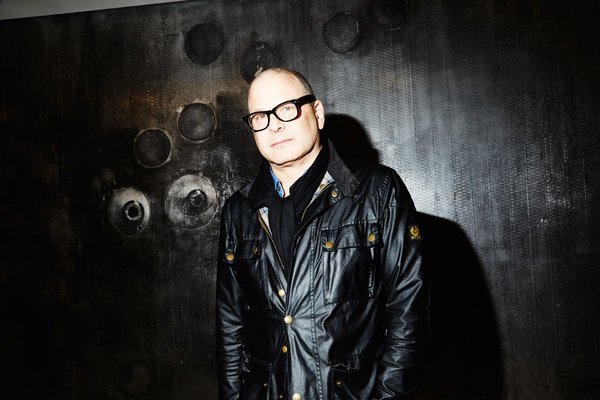
Turnaround at the creative top of Tiffany Company
The upheaval started early in the year, and at one of retail’s best-known companies. First, after three years as Tiffany’s design director, Francesca Amfitheatrof left to “pursue other opportunities”; her efforts to woo millennials and offer more fashion-forward collections failed to spur sales at the famed American jeweler. Into the frame stepped Reed Krakoff, the former executive creative director of Coach, who despite having no experience in jewelry was appointed to the newly created role of chief artistic officer.
February
Not done yet: Tiffany boardroom is upended
Then, only weeks later and just hours before Tiffany debuted its first Super Bowl ad, Frederic Cumenal abruptly left the company as chief executive, a move that followed disappointing financial results and a lack of investor confidence. His replacement, Alessandro Bogliolo, the former chief executive of Diesel, arrived in October.
Power struggles and a departure at Ralph Lauren
Less than two years into the job as chief executive of the American fashion behemoth, Stefan Larsson quit after a falling out with Mr. Lauren, saying that he and the group’s founder had clashed over how to evolve “product, marketing and shopping experience.” The startling shake-up came at a crucial moment for one of the world’s iconic brands.
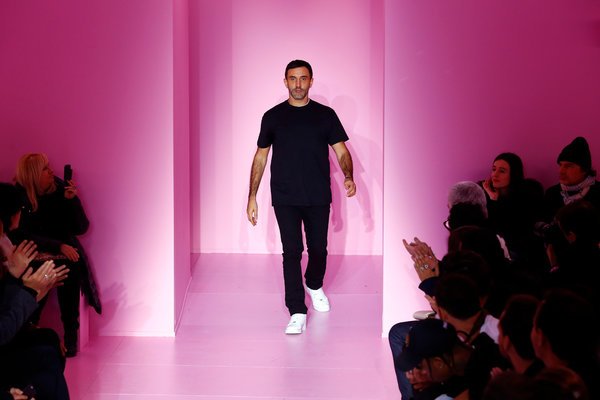
Riccardo Tisci exits Givenchy
Mr. Tisci left the French fashion label after 12 years as its creative director. After rampant speculation that he would move to join Versace, he has yet to join another house.
March
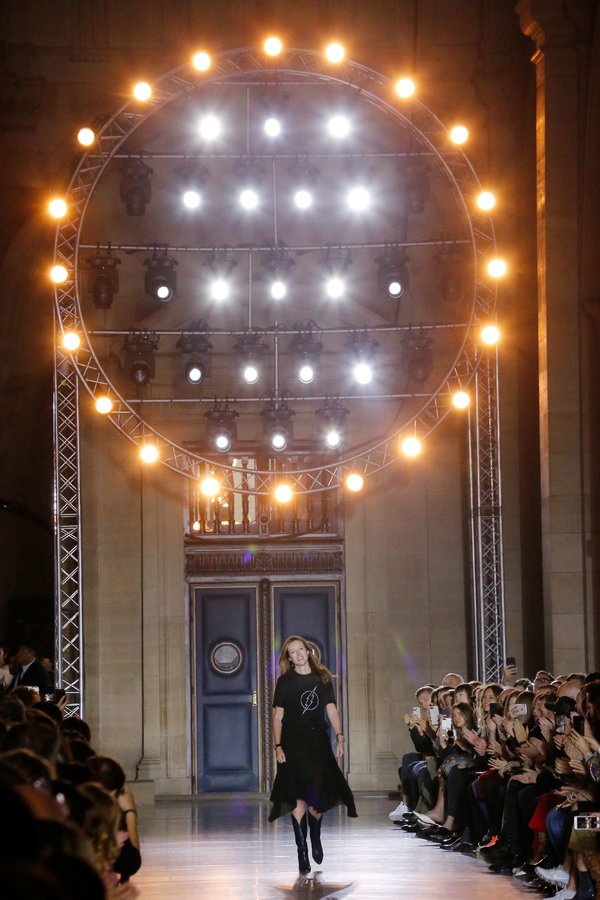
Clare Waight Keller moves from Chloé to Givenchy
In one of the worst-kept secrets of the year, Ms. Waight Keller joined Givenchy from Chloé, replacing Mr. Tisci. At Chloé, the Richemont-owned fashion house known for its airy bohemian style and which is in the midst of ambitious expansion plans, her position was filled by Natacha Ramsay-Levi, the former right-hand woman of Nicolas Ghesquière at Louis Vuitton.
April
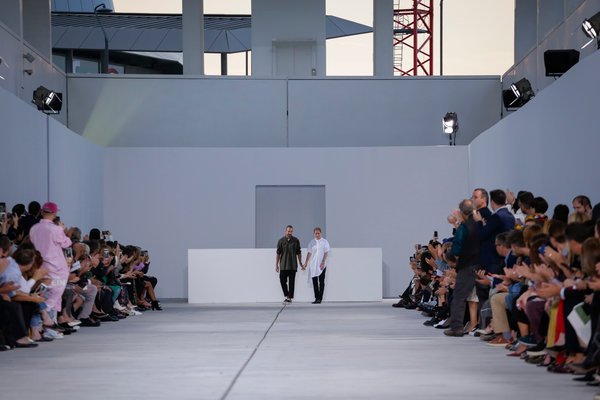
Luke and Lucie Meier hired to revitalize Jil Sander
After three years as creative director, Rodolfo Paglialunga left Jil Sander, the house owned by the Japanese fashion conglomerate Onward Holdings. The husband-and-wife designers Luke and Lucie Meier were hired to replace Mr. Paglialunga in April; it is the first time they have worked together.
May
Ralph Lauren recruits his latest right-hand man
To replace Mr. Larsson, Ralph Lauren appointed Patrice Louvet, a Procter Gamble veteran, and gave him the task of continuing the difficult turnaround effort amid falling sales, layoffs and the changing American retail landscape.
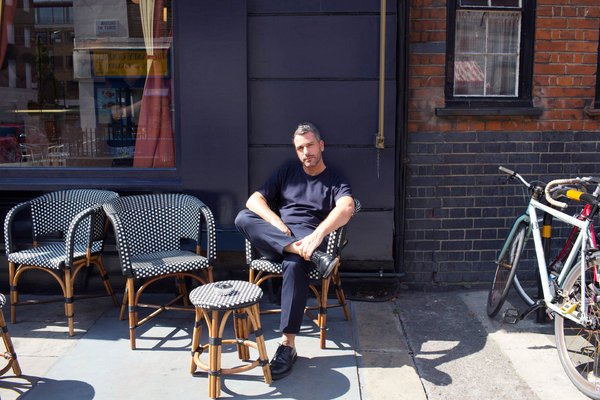
Paul Surridge joins Roberto Cavalli
The beleaguered Italian fashion house appointed Mr. Surridge as creative director after the exit of Peter Dundas the previous October.
June
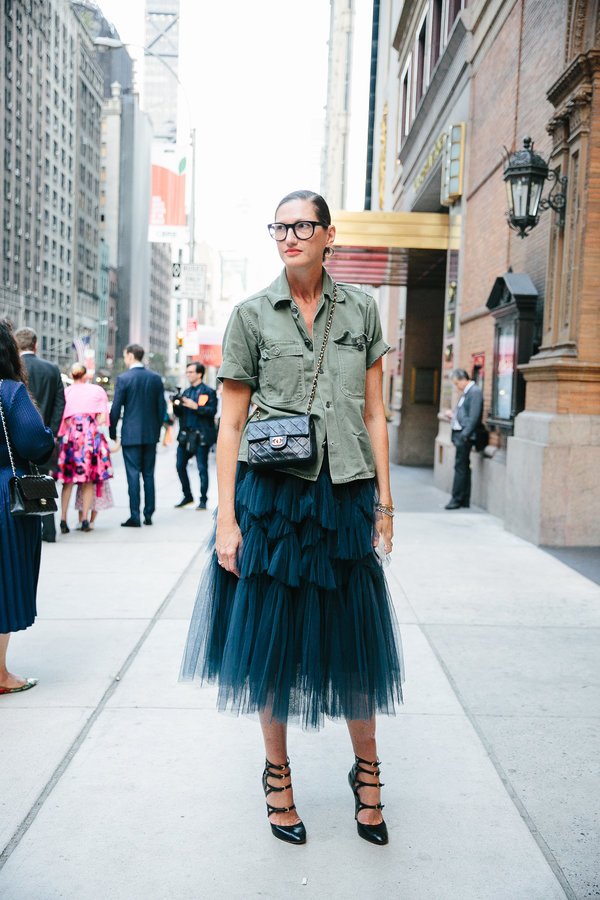
At J. Crew, 2 top names depart
After presiding over a meteoric rise (and fall) in fortunes for J. Crew, Mickey Drexler announced he was stepping down from the helm of the preppy apparel retailer. His departure followed several years of falling sales and a heavy debt load after he had pushed the brand upmarket. He was replaced by Jim Brett, the president of the furniture company West Elm. Mr. Drexler’s departure after 14 years at J. Crew came less than three months after its longtime design director Jenna Lyons left the brand.
July

Bouchra Jarrar leaves Lanvin
After just 16 months as its creative director, Ms. Jarrar left the ailing French fashion house. She had had a falling out with Lanvin’s Taiwanese owner and was struggling with the internal fallout created by the departure of her predecessor, Alber Elbaz. Ms. Jarrar was succeeded by Olivier Lapidus, a fixture on the French design scene for decades, who promptly unveiled plans to turn it into the French version of Michael Kors. His first collection, shown in September at Paris Fashion Week, was poorly received.
September
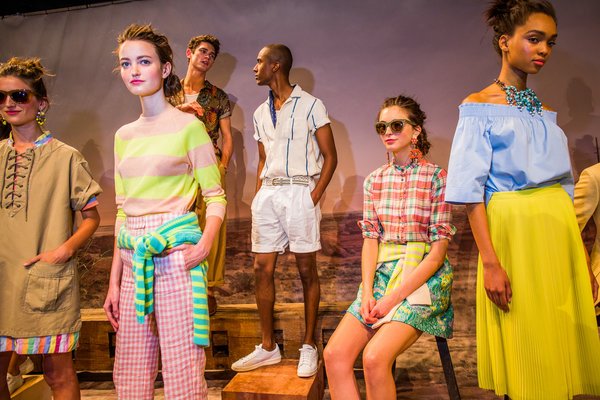
More movement at J. Crew
After a quiet August in the fashion world, J. Crew was back in the news this month when Somsack Sikhounmuong, who had replaced Ms. Lyons as the head of design, left the company.
October
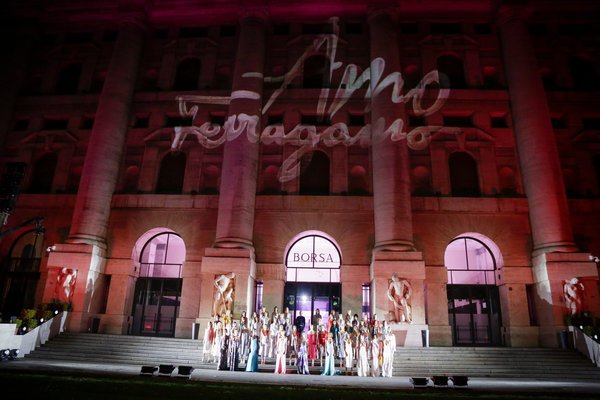
Exits at Ferragamo
Just 11 months into his role as design director for women’s wear, Fulvio Rigoni left Ferragamo after a tepid reaction to his collections. Paul Andrew, formerly the Italian group’s design director for accessories, is now creative director for women’s collections.
Bailey leaves Burberry
After 17 years with Burberry, Christopher Bailey announced that he would leave Britain’s iconic luxury group in March 2018. Mr. Bailey, who had been widely credited with transforming the brand from a local heritage name to a global fashion powerhouse, had stumbled in recent years in the joint role of creative director and chief executive, as Burberry weathered the effects of currency volatility, slowdown in China and overexpansion.
Marco Gobbetti, the well-regarded head of Céline, came on board in July to replace Mr. Bailey as chief executive. Mr. Bailey’s departure (with no indication of what he will do next) opens up one of the most coveted designer roles in the fashion world. Many industry watchers think Ms. Philo, the British designer, will get the job.
November
The great internal Dior/LVMH reshuffle
After almost two decades as chief executive of Dior, Sidney Toledano moved within LVMH to become executive chairman of the LVMH fashion group. He replaced Pierre-Yves Roussel, who moved into a new position as special adviser to the group chairman and chief executive, Bernard Arnault. And Pietro Beccari, who has been praised for his steering of the Italian fashion house Fendi, was hired to replace Mr. Toledano as head of Dior. The reshuffling came six months after LVMH had consolidated its control over Dior, buying out minority investors in a $13.1 billion deal.
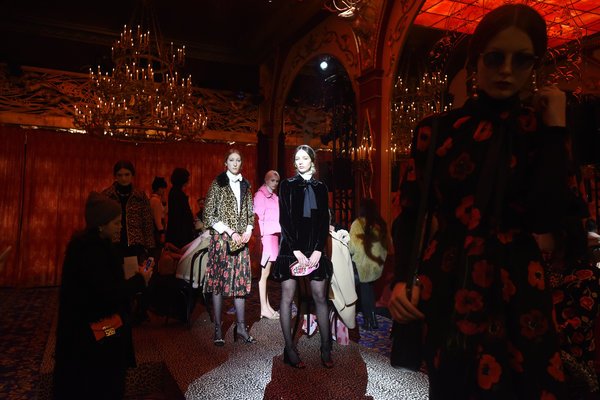
Leaving Kate Spade
Having spent almost a decade as creative director, Deborah Lloyd exited less than six months after the brand was bought by Tapestry Inc. She will be replaced by Nicola Glass, who currently oversees the accessories division at Michael Kors.
December

And the revolving door spun until year’s end
First, after four years at the helm of Mugler, David Koma stepped down to focus on his namesake label, which is based in London. Casey Cadwallader, most recently the design director for pre-collections at Acne Studios, replaced him and started in the role on Dec. 1.
Next, after just three seasons as chief creative officer of Diane von Furstenberg, and despite critical acclaim for his collections, Jonathan Saunders abruptly left the New York-based fashion house, which is on the hunt for new investors to fund its expansion efforts. The move was seen as yet another failure by a founder in the fashion world to successfully hand over the reins to a new generation of leadership.
Less than a week later, Nicola Formichetti stepped down from his post as the creative director of Diesel. The Italian-Japanese designer, a onetime stylist for Lady Gaga who joined Diesel as its first artistic director in 2013, announced that he would be leaving at the end of the year. Diesel has yet to name a successor.
Finally, last Friday, Ms. Philo announced she was leaving Céline, a house she reinvigorated, remaking it in her own image.
Elizabeth Paton is a reporter for the Styles section, covering the fashion and luxury sectors in Europe. Before joining The Times in 2015, she was a reporter at the Financial Times both in London and New York.
The All-New DealBook
Please verify you’re not a robot by clicking the box.
Invalid email address. Please re-enter.
You must select a newsletter to subscribe to.
* Required field
Thank you for subscribing.
View all New York Times newsletters.
An error has occurred. Please try again later.
You are already subscribed to this email.
View all New York Times newsletters.
Advertisement
Article source: https://www.nytimes.com/2017/12/28/business/for-luxury-brands-the-musical-chairs-whirled-faster-in-2017.html?partner=rss&emc=rss
Speak Your Mind
You must be logged in to post a comment.